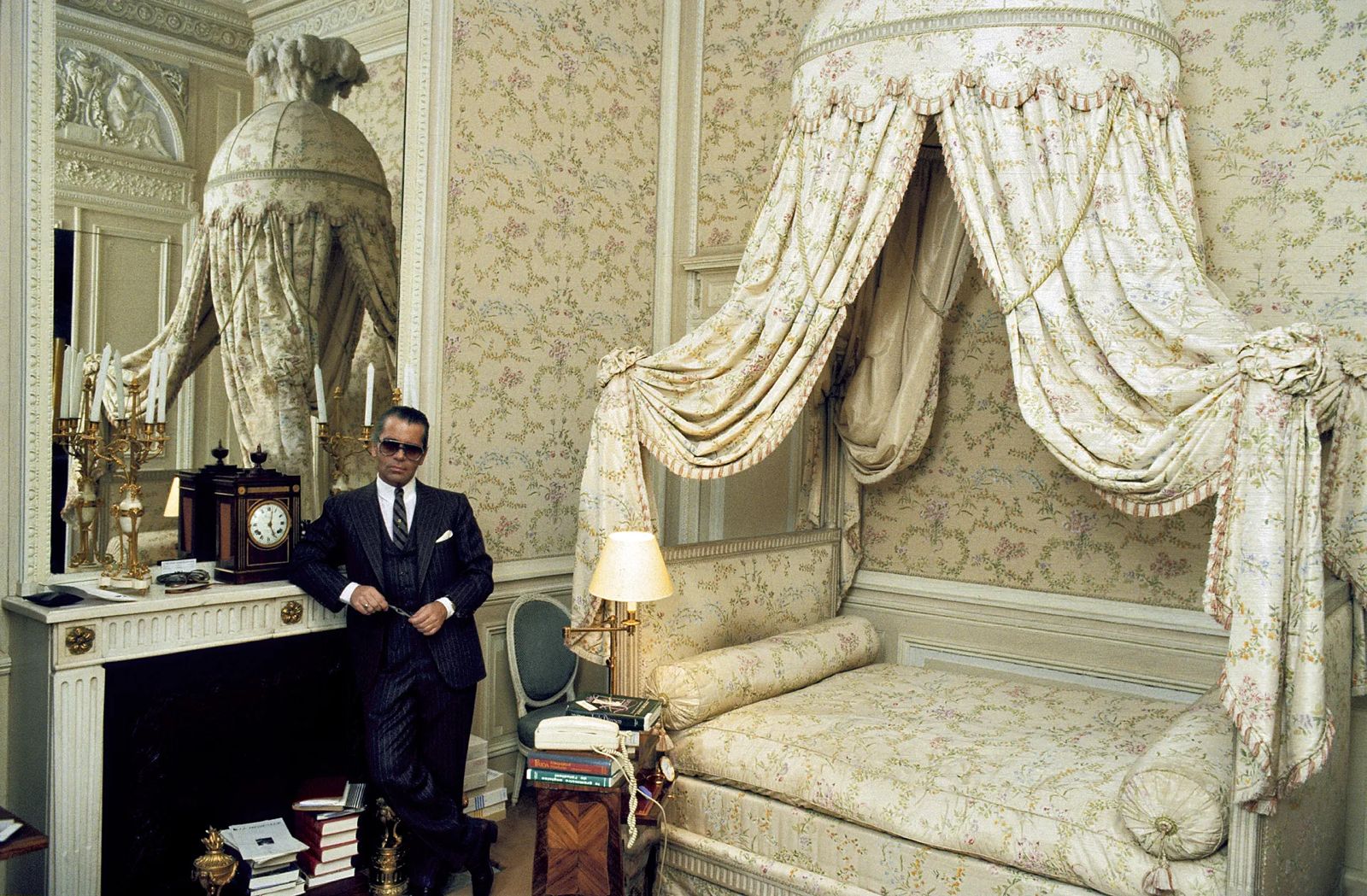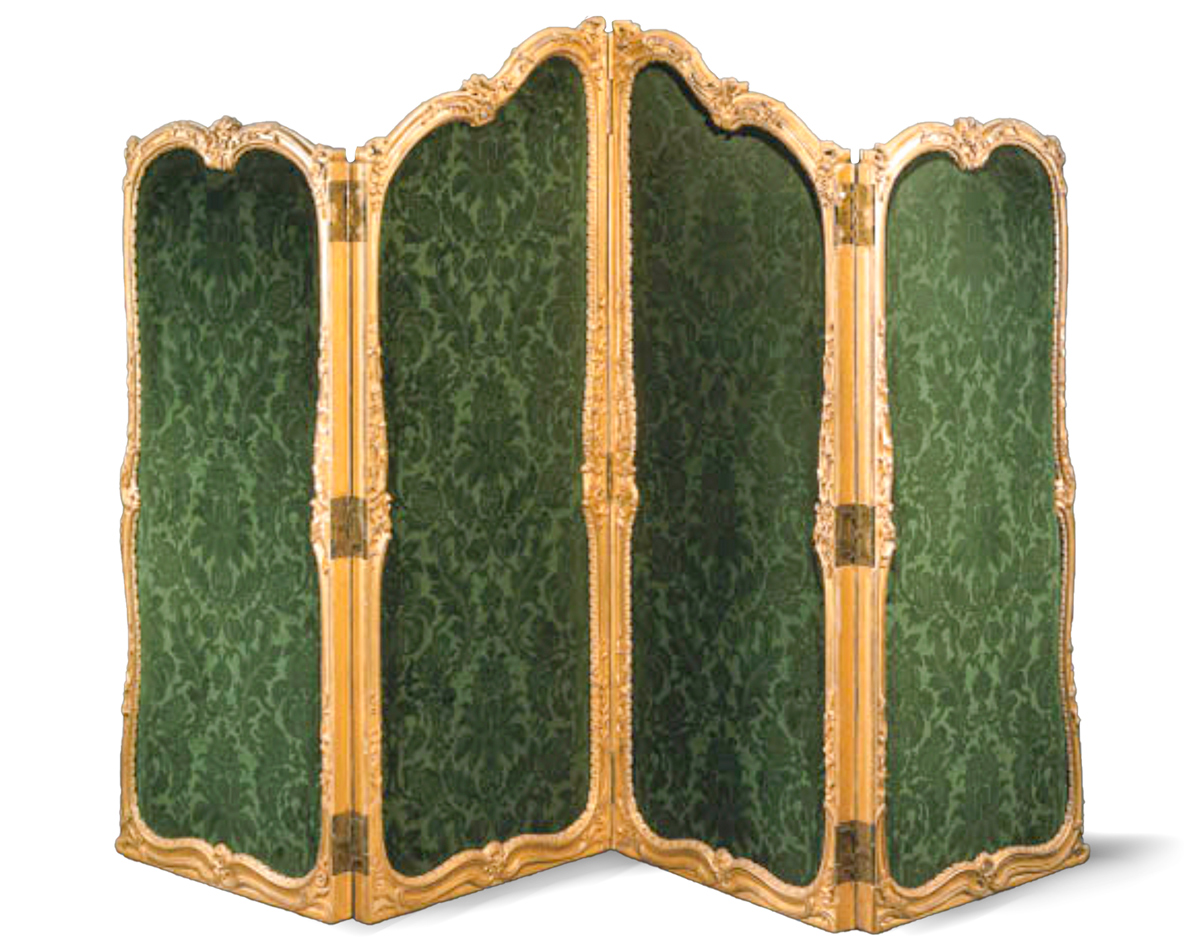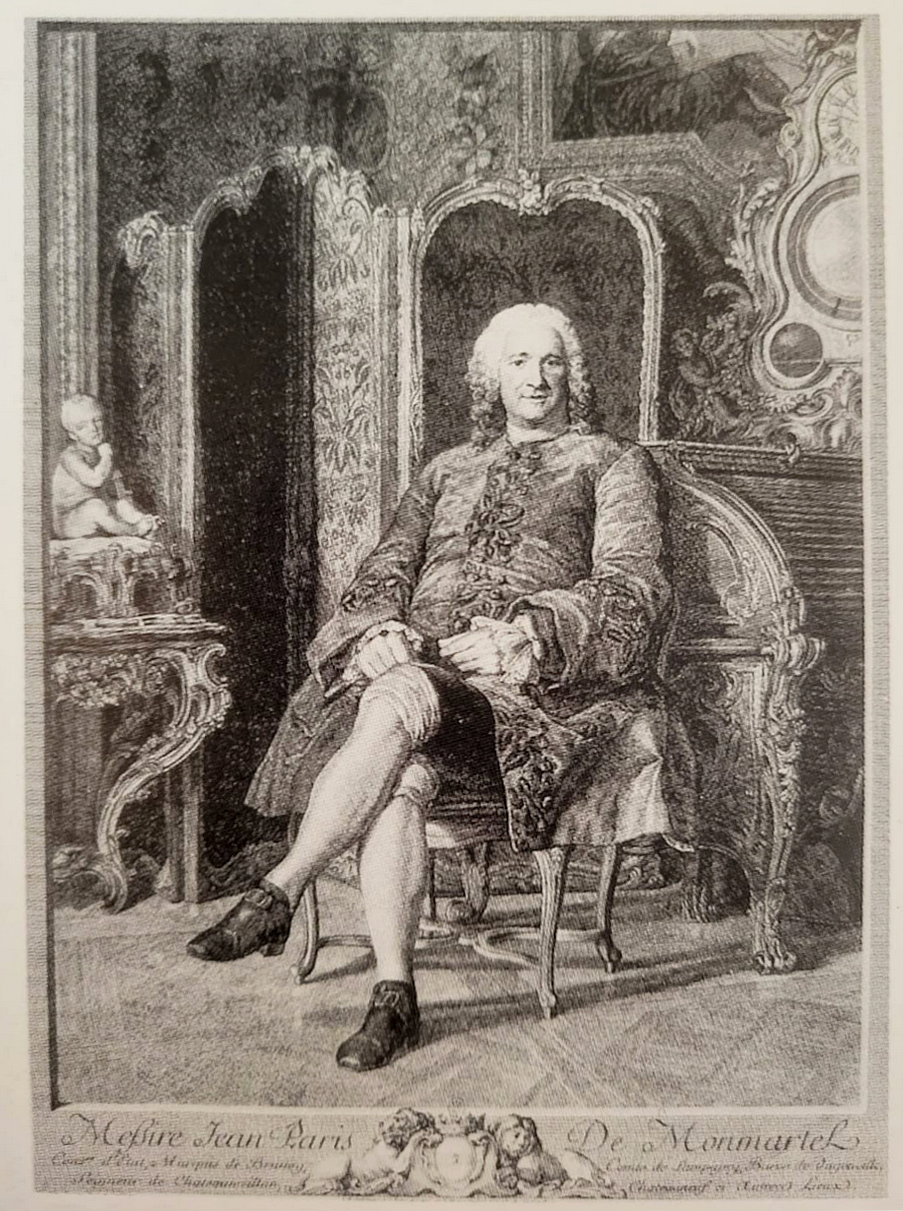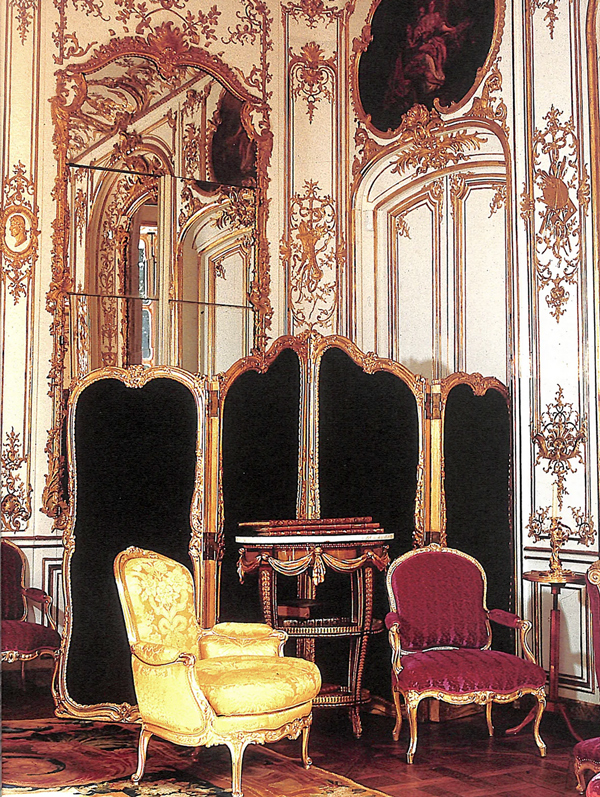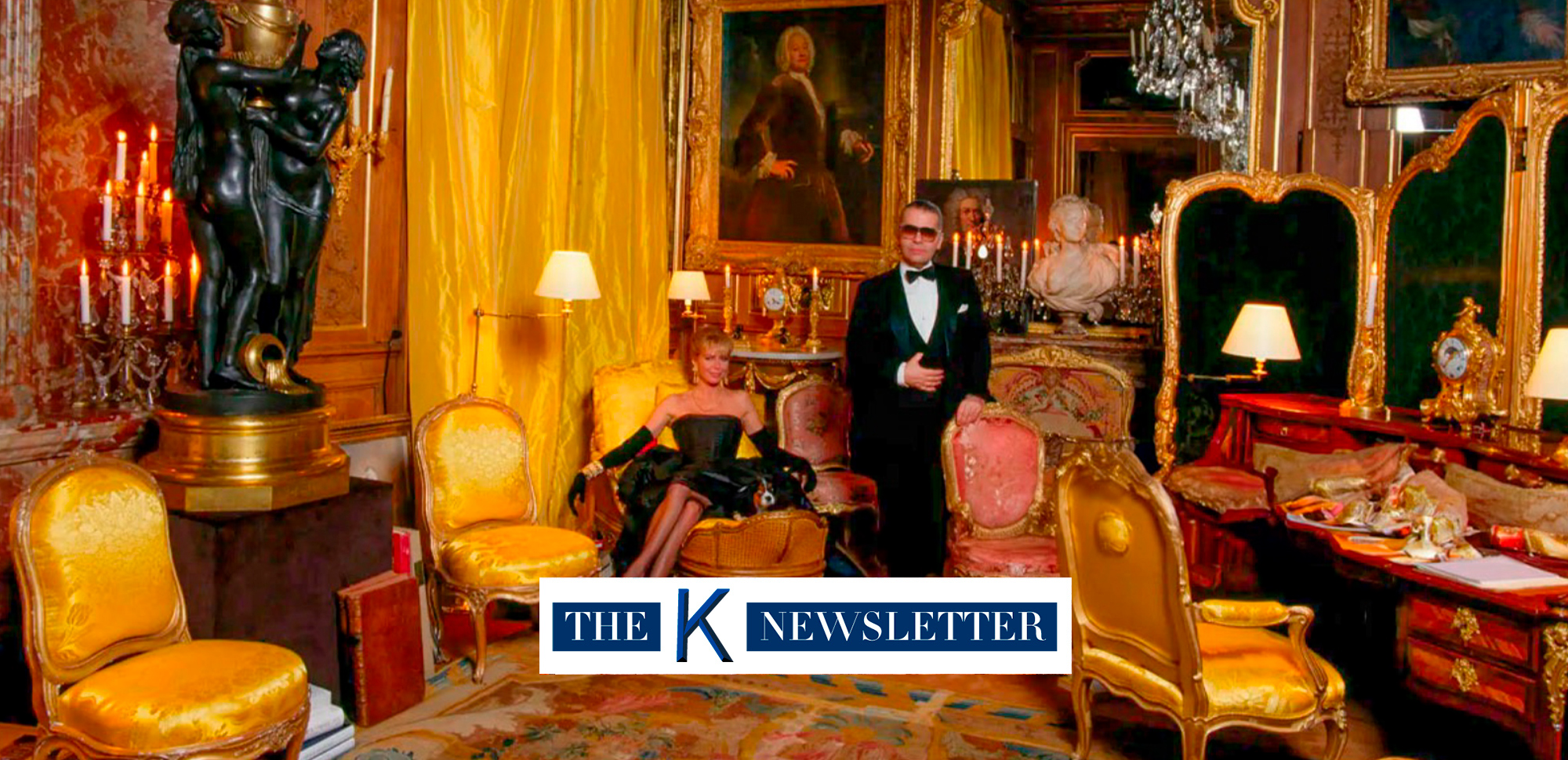
Karl Lagerfeld next to the Paris de Montmartel screen, from the Kraemer Gallery.
Collector Stories
“For the 18th century of high quality,
the Kraemer Gallery is my favorite.”
Karl Lagerfeld
Fashion and Art!
The relationship between Art and Fashion has always existed, but specifically since the mid-20th century when certain designers began to draw inspiration from major works of art. It is not uncommon for great names in fashion to be close to or collaborate with prestigious artists, like Cocteau and Chanel for example, or more recently Vuitton and Jeff Koons.
Karl Lagerfeld, a great fan of the 18th century.
The famous stylist was passionate about decoration: another way to express his creativity.
In his many homes, which he decorated with a unique style, he loved to experiment, collecting works of art ranging from Art Deco furniture to exceptional 18th century furniture.
And for the 18th century, Karl liked to visit the Kraemer Gallery regularly.
Patrick Hourcade, artist, artistic director and friend of Karl Lagerfeld, talks about it best:
“We entered with Karl Lagerfeld, the private mansion on rue de Monceau, each time with a perfectly concealed impatience… Kraemer, a universe, a world of curiosities, where treasures rub shoulders with the unexpected. As Karl told me, at the Kraemers, there is always something to see.”
Karl Lagerfeld notably purchased from the Gallery a very beautiful screen in richly carved and gilded wood which had belonged to the court financier, under the Regency and Louis XV periods, Jean Pâris de Montmartel. As well as a Louis XVI period fireplace screen.
Pâris de Montmartel was the youngest of five brothers who were all financiers.
Godfather in 1721 of the very young Jeanne Poisson, future Marquise de Pompadour, he became guard of the royal treasury and state councilor as well as court banker.
A hard worker, enjoying an impeccable reputation, Paris de Montmartel acquired the Château de Brunoy. From his three unions he had only one child, the whimsical Marquis de Brunoy.
The screen acquired by Karl Lagerfeld appears on an engraving representing Pâris de Montmartel in his large Parisian office, engraved by Cathelin in 1775 from a portrait by Latour and a drawing by Cochin fils.
The 18th century, a period of excellence for the French spirit
“Morphologically, I can’t think of anything better designed for the human body than 18th-century French seating. We can live and grow old with them peacefully. Their spirit, however, remains the youngest. They are witty like the conversations they must have heard in their youth. Nothing captures the soul of an entire century better than a French 18th-century carved wooden seat.”
Karl Lagerfeld.
The couturier was more precisely fascinated by a period: neoclassicism, which appeared between Louis XV and Louis XVI, with its spare, architectural forms and its antique inspiration. Personalities of the time, such as Madame de Pompadour or her brother,
the Marquis de Marigny (who was general director of the Bâtiments du Roi) were the influencers of this fashion among their contemporaries. Karl Lagerfeld also made them his inspiration for choosing his acquisitions.
Karl Lagerfeld also used to say:
“the French 18th century, made of exuberance, youth, moderation and harmony, represents life as it deserves to be lived.”

